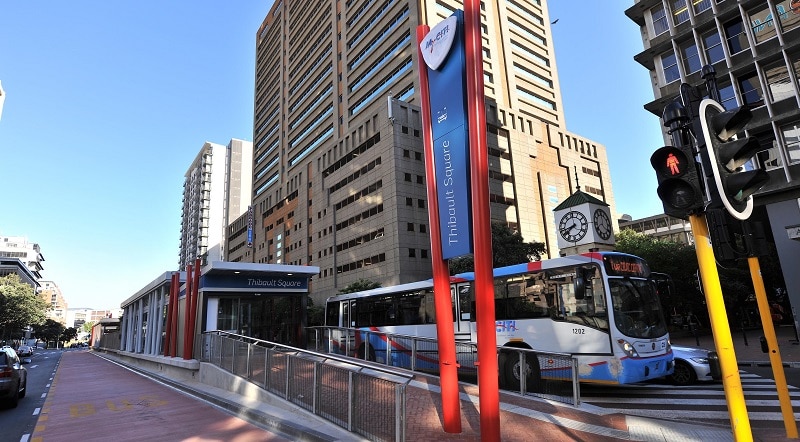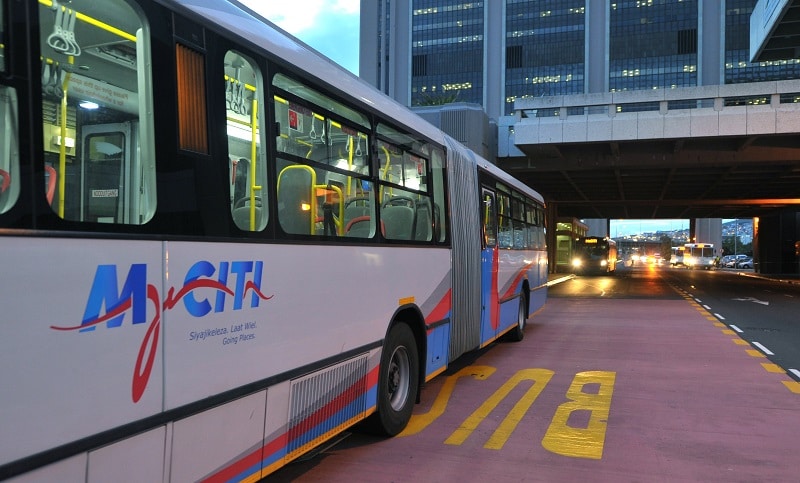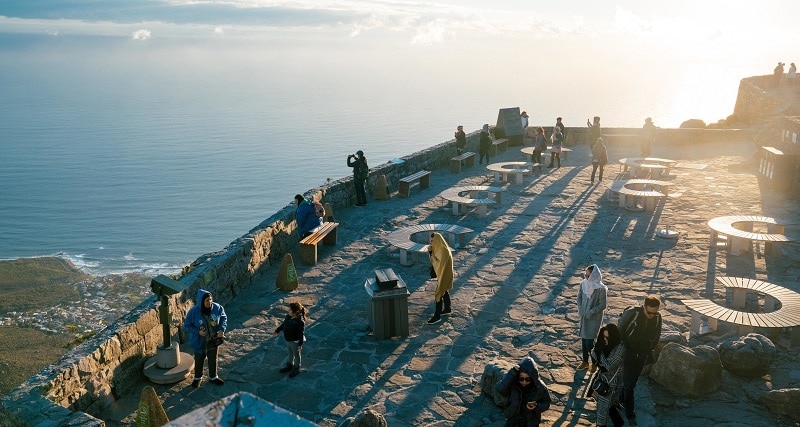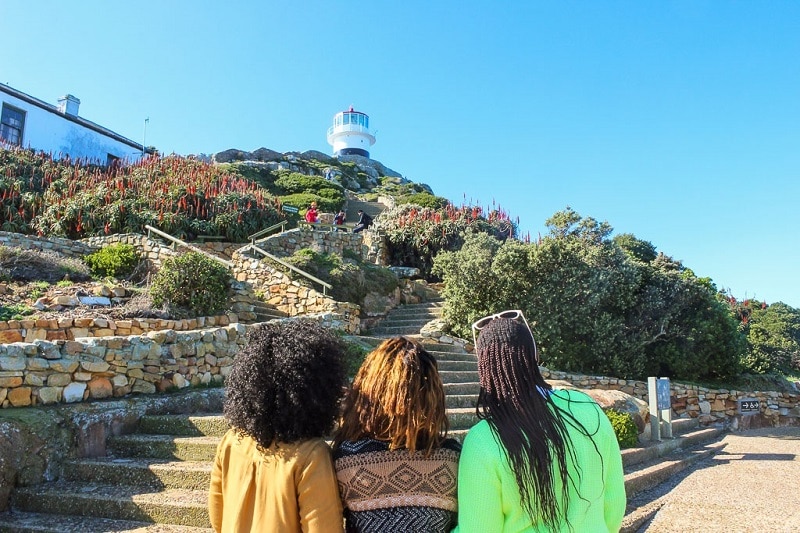Improved Mobility: How Cape Town is Leading the Way
14 October 2020
Universal Access (UA) is about making transport and public facilities accessible to those with special needs.
It’s a complex issue that at times requires alterations to buildings – such as ramps, steps, lifts, special enhancements to ablutions and exits – and at others, requires attention be paid to how information is made available (e.g. large print, braille or audio files).
The City of Cape Town has been focusing on making its transport system more accessible since 2010.
In 2014, the MyCiTi bus service won an international award for its innovative approach to special needs passengers. At the time, all 35 MyCiTi stations and the 161 roadside bus stops were universally accessible, and all 379 busses had level boarding, spaces for wheelchairs, and an audio LED screen.
Transport isn’t the only area where the city has been making improvements when it comes to Universal Access. Muizenberg beachfront, for example, has implemented measures to help those in wheelchairs and those with hearing impairments access the beach. Part of this process has involved training the lifeguards who work on the beach to be aware of and assist those with disabilities.
Tourist attractions improving accessibility
While there is still plenty of work to be done, some of Cape Town’s most iconic tourist attractions have made efforts to improve their accessibility.
Table Mountain
Conveniently located disabled parking bays and lift access to the cable car makes its possible for those in wheelchairs to travel to the top of Table Mountain. At the top of the mountain, a large part of the looped pathway is accessible to wheelchairs, and a wheelchair map provides the necessary information. There are disabled toilets at both the lower and the upper cable stations.
Kirstenbosch
Because the botanical garden is set on a steep gradient, not all of the areas in the garden are accessible to wheelchairs. However, all visitor facilities – entrance gates, restaurants, shops and venues – are, as well as large portions of the garden. Wheelchair friendly areas include the conservatory, the area surrounding the main lawn, parts of the dell, the fragrance garden, the peninsula garden, the sculpture garden, and the concert area. Disabled parking bays – as well as stop-and-drop zones – are provided at gates one and two. Kirstenbosch also offers a Braille Trail, which gives visually impaired individuals the opportunity to discover an indigenous forest unassisted. The 20-minute trail, which is outlined by a guide rope, has information signs in large print as well as braille.
V&A Waterfront
The V&A Waterfront’s numerous underground parking lots provide ample disabled parking. In addition to this, there is a MyCITI bus station at the waterfront that services two routes. Most of the public areas and restaurants at the waterfront are wheelchair friendly, and there are disabled toilet facilities at three separate locations in the shopping centre.
Cape Point
Currently, no public transport travels all the way to Cape Point, making it somewhat more difficult to access. However, the actual attraction is fairly accessible. The Flying Dutchman funicular is wheelchair friendly, as is the Two Oceans Restaurant. Those with limited mobility won’t be able to reach the lighthouse, but there are many accessible lookout points where visitors can still enjoy the views. The shops at the lower level are also accessible. Cape Point recently launched a free audio tour that allows visitors to explore the site at their own pace while listening to interesting facts and stories. The app picks up on your GPS location, which means that those with limited mobility can explore Cape Point without feeling rushed.
Company’s Garden
While the City Walk itself may present those with disabilities with a few challenges, the Company’s Garden, where the walk begins, is fairly accessible. Street parking is close to the actual garden and public transport with low-floor-entry vehicles stop at the garden. Ramps accommodate changes in levels, and there are benches in all areas of the garden. There is clear signage throughout the garden indicating the location of facilities – including two wheelchair-accessible toilets – as well as information brochures at the Visitors’ Centre.
For more information, visit the Cape Town Universal Access in Tourism website.



